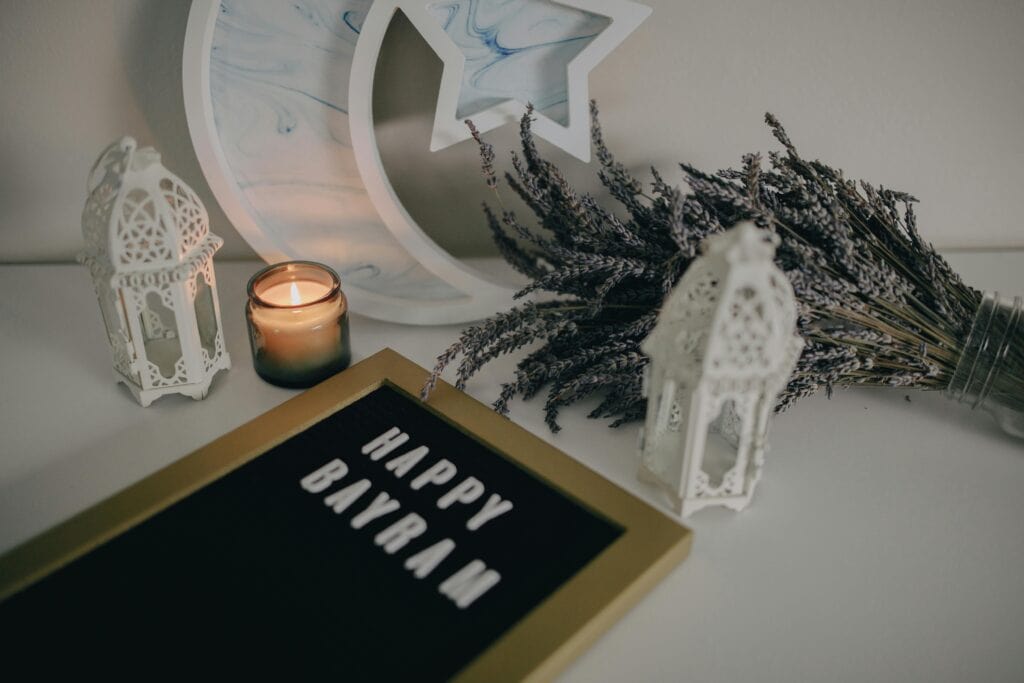
Islamic festivals stand at the center of Muslim community life, offering moments for celebration, gratitude, and reflection. Every year, people across the word unite through prayers, meals, and shared traditions, strengthening both family ties and their connection to faith. Islamic festivals are much more than holidays—they bring hope, love, and meaning to everyday life.
Understanding Islamic Festivals
The Islamic Calendar
The Islamic calendar is based on the cycles of the moon, so dates for Islamic festivals shift each year. Unlike the solar calendar, months in the Islamic calendar are shorter, causing holidays to move backward by about ten days annually. This system means festivals like Eid can fall in summer, winter, or anywhere in between. Key dates and shifts depend on the sighting of the new moon, bringing anticipation and excitement in the days leading up to each festival. More on how the Islamic calendar shapes these traditions can be found at this overview of Islamic holidays: Islamic holidays.
Religious and Cultural Significance
For Muslims, these festivals are not only religious obligations—they are opportunities to celebrate faith through action. They mark important events in Islamic history, reinforce values like charity and forgiveness, and encourage unity. Different cultures may express these traditions in unique ways, but the underlying purpose remains the same: drawing closer to God and one another. Explore how Islamic festivals shape Muslim life in communities worldwide at Islam: Celebrations and Festivals.
Eid al-Fitr: The Festival of Breaking the Fast
Origins and Meaning
Eid al-Fitr arrives at the end of Ramadan, a month devoted to fasting and spiritual growth. Once the crescent moon is sighted, signaling the new month, Muslims gather to celebrate the completion of their fast and the lessons learned during this holy month.
Common Practices and Traditions
Families rise early to attend special prayers at the mosque, dressed in new or best clothes. Acts of charity, known as Zakat al-Fitr, are given before prayers to help those in need, ensuring everyone can join the celebration. Houses fill with the aroma of sweets, traditional dishes, and the buzz of joyful greetings. Visits to relatives, giving gifts, and communal feasts are common, emphasizing generosity and gratitude.
Eid al-Adha: The Festival of Sacrifice
Historical Background
Eid al-Adha takes place about two months after Eid al-Fitr, during the time of the annual pilgrimage to Mecca (Hajj). The festival commemorates the story of Prophet Ibrahim (Abraham), who showed his unwavering faith by preparing to sacrifice his son at God’s command, only to be spared at the last moment.
Key Rituals and Customs
A central feature is the sacrifice of an animal, usually a sheep, cow, or goat. The meat is shared in three parts: one for the family, one for relatives and friends, and one for the poor. This act mirrors Ibrahim’s spirit of obedience and sharing. Prayer services bring communities together, while homes ring with laughter, food, and connection.
Learn about the significance of Eid al-Adha and other major observances at Major Holidays – Research Guides.
Other Significant Islamic Festivals
Eid Melad un Nabi (Prophet Muhammad’s Birthday)
Eid Melad al-Nabi marks the birth of Prophet Muhammad. Celebrations vary, but often include reciting poetry, sharing stories of his life, and providing food for the less fortunate. In many places, streets come alive with parades or festive lights, reflecting joy and reverence.
Islamic New Year (Hijri New Year)
The Islamic New Year signals the arrival of Muharram, the first month in the Islamic calendar. Muslims reflect on the migration (Hijra) of Prophet Muhammad from Mecca to Medina. While not observed with lavish ceremony everywhere, many use this time for spiritual reflection and prayer.
Other Regional Celebrations
Some Islamic festivals have deep roots in local culture. For instance, Lailat al-Qadr (the Night of Power) during Ramadan is honored with extra prayers and devotion. Events like Id ul-Ghadir or the commemoration of important historical figures may hold special meaning in certain regions, further enriching the tapestry of Muslim celebrations. The diversity of observances is explored in detail at Islam: Celebrations and Festivals.
Conclusion
Islamic festivals represent far more than days off work or special meals. They are moments of gratitude, unity, and renewal that connect millions around the world, year after year. These observances keep history alive, teach timeless values, and shape the spirit of Muslim communities everywhere. No matter which part of the world you visit, the warmth and joy of the major Islamic festivals offer a glimpse into a tradition that continues to inspire hearts and minds.

Comments on “Understanding Islamic Festivals”